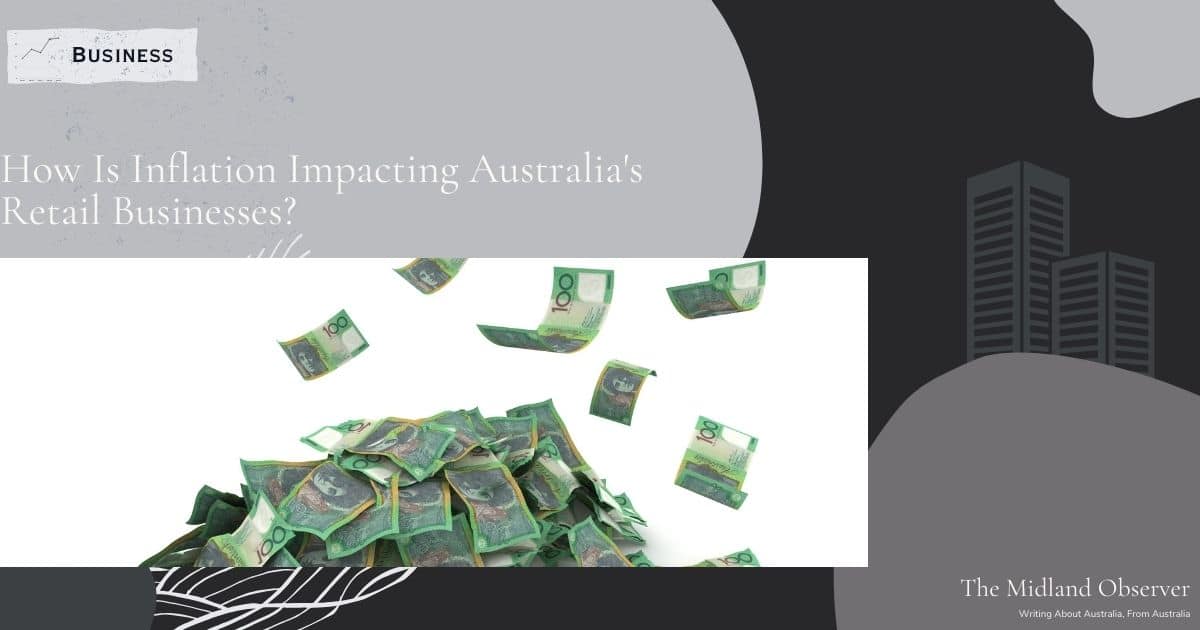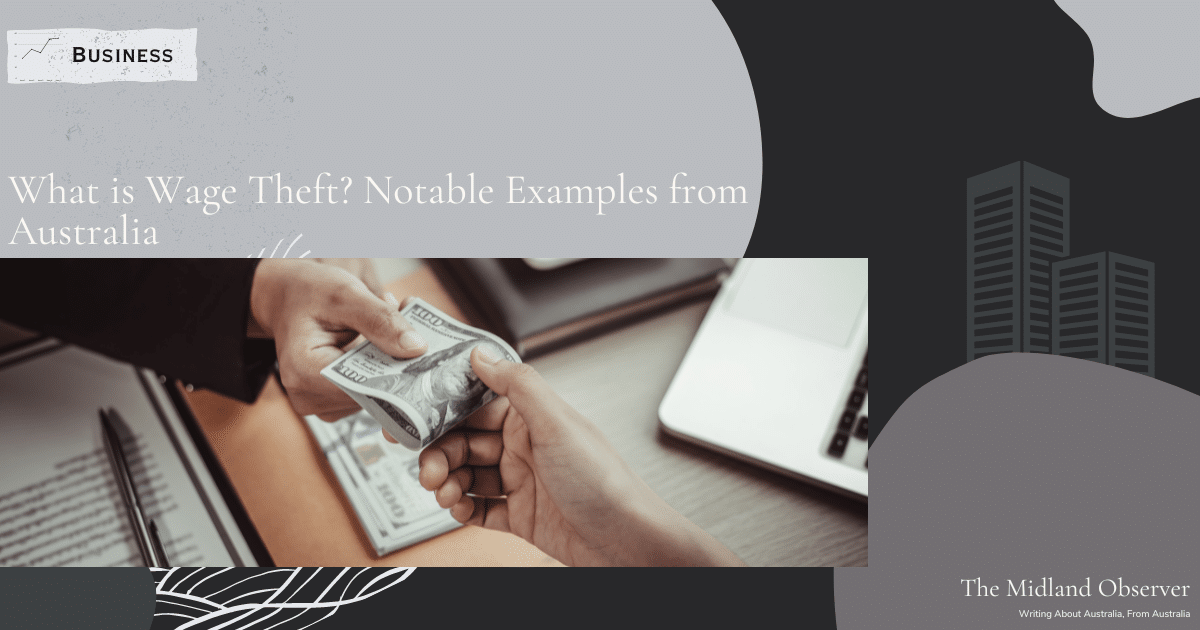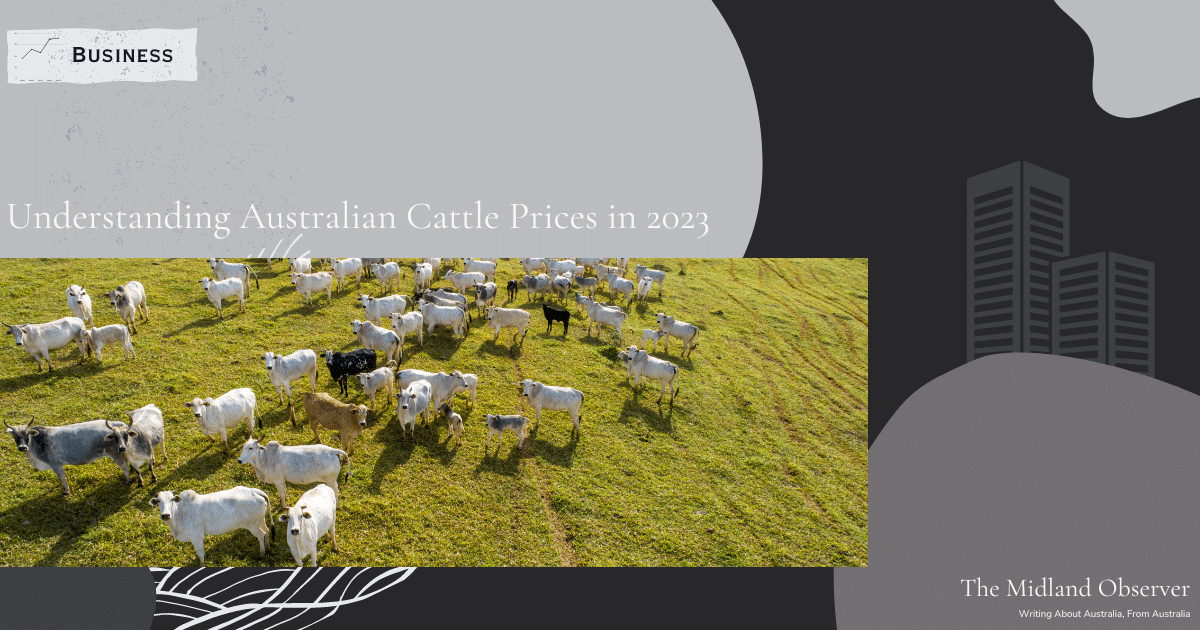Do you feel like you’re spending more than ever before at the supermarket checkout? Perhaps, like many of us, you’re starting to notice the impact of inflation on your wallet – reducing your capacity to buy the things you need.
Inflation can seem like a simple concept to understand – however, it can be caused by a broad range of issues that may impact the economy. No matter whether you’re buying cheap wholesale umbrellas, or a brand-new car, inflation impacts everyone to an extent.
Let’s explore how inflation can impact businesses in good and bad ways – and how both company and customer alike are afflicted by the impacts of two of the oldest economic forces in the book – supply and demand.
What is Inflation?
Do you remember the last time you went to the supermarket, and bought a packet of chips? If you’ve ever tracked the price over time, you may notice a trend – every so often, the pack of chips you bought gets a little more expensive. It might be five cents here, ten cents there – but over time, it adds up.
You may often hear parents of grandparents mention how cheap products were back when they were younger. It was hardly unusual to be able to purchase a block of Cadbury chocolate for as little as $0.99 in 1985, an apple pie for $1.19, and a frozen turkey for $4.49.
Over time, the prices of products change – depending on underlying factors, such as supply costs and demand, prices may rise – this increase over time is called inflation. Most governments have a target for inflation, to foster growth in the economy – however, high inflation can lead to disastrous consequences.
It wasn’t unheard of to be able to buy a hot barbeque chicken, a packet of rolls, and some Tim Tams for dessert, and still have change left over from a ten-dollar note in the 1980s. In today’s world, advertising campaigns that advertised making home-cooked meals for under $10 less than a decade ago are incurring the wrath of the public, unable to purchase such cheap meals.
The Challenge of High Inflation

High inflation can have serious impacts. If inflation and wages are growing at a similar rate, then customers are less likely to feel the impacts of inflation. However, if inflation is growing at a rate that far outstrips wage growth, employees face an erosion of purchasing power.
Consider, for example, high inflation in the electricity sector. Many parts of Australia increased substantial inflationary increases in the default power plan offered – with some power bills increasing by as much as 25% over twelve months.
The impact? In some parts of Australia, more than two-fifths of adults find themselves stressed by energy bills. Substantial portions of the population find themselves in financial difficulty, resorting to support services such as financial counseling, flexible payments, and support services to help tackle the high cost of living.
This distress is an impact not only felt by employees – but it’s felt by support services as well. In recent years, increasing proportions of welfare services have found themselves forced to turn away individuals – unable to help some sections of their communities in dire need.
Supply-Side Inflation – Business Impacts
How does inflation impact a business? Essentially, inflation can happen in two different areas – from a supply and demand perspective, respectively. When supply pressures are high, companies experience increased costs to serve their product.
Consider, for example, an accountant who offers a tax return service for local professionals. They may work in an office that has recently increased rent or experienced an increase in utility bills – these inflationary pressures can have an impact on the cost that the account may charge to supply their product.
What about a small hardware store, forced to change suppliers and pay increased costs to manufacturers for the nuts and bolts that customers like to purchase? This, too, is an example of inflation – where factors out of a business’ control drive up the price of a product or service.
Demand-Side Inflation – Is It Just Greed?
Conversely, demand-side inflation occurs when prices rise, as a result of customers being willing to spend more on a product or service. In some cases, companies may increase their prices at a higher rate far higher than demand, to maximise profits when supply is limited.
For example, during the COVID-19 pandemic, used car prices experienced a resurgence, as new stock was limited and customers were willing to pay top dollar to shift away from public transport options. Over two years, used car prices soared in value – to valuations that would’ve made little sense in a market with lots of new car supply.
As the pandemic passed, and supply chain improvements resulted in new cars returning to the market, many car yards experienced a decline in sale prices. In some instances, this caused significant losses for car yards. This would in some ways, be considered a normal part of operating a business – products experience inflation and deflation, a normal part of life.
However, there have been examples of industries where prices have not declined, even when demand has levelled out or fallen. Major companies, such as BHP, Coles, and Woolworths, have been called out by unions in a campaign noting that while wages did increase somewhat, corporate profits have surged in a way that blows past any concept of reasonable growth.
While there may be some businesses genuinely impacted by rising costs, there are also organisations that choose to take advantage of increasing costs to add their own shadowy taxes, through the form of inflation.
While inherently, this doesn’t mean that all businesses are bad, it does highlight that some are out there, playing the game to their own rules – choosing to make their customer’s lives more difficult rather than increasing their quality of life.
Inflation remains a challenging beast to tackle. For many, getting it under control will mean the difference between struggling to afford food, and being able to make a meaningful living. Tackling inflation, however, remains a complex issue – and will take stakeholders from all areas of society to resolve.







